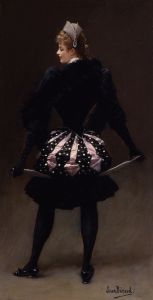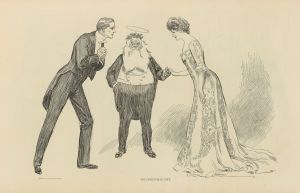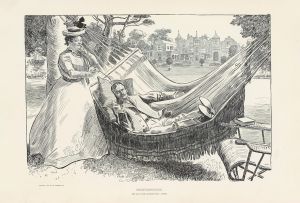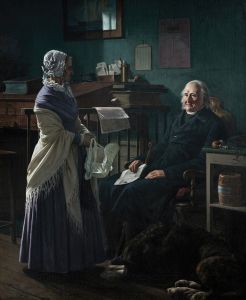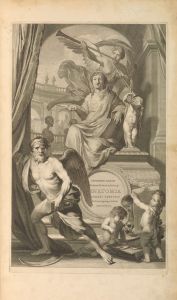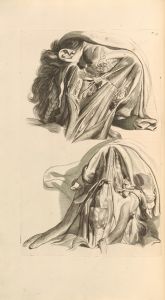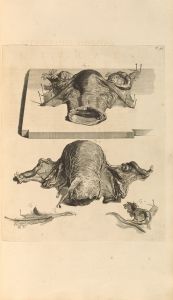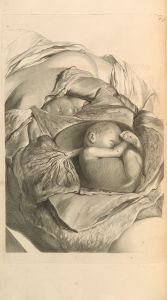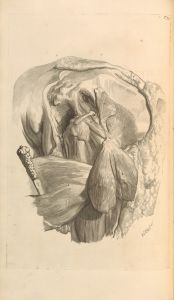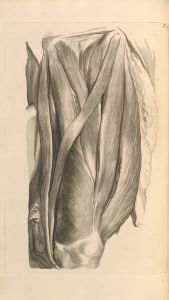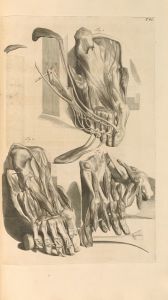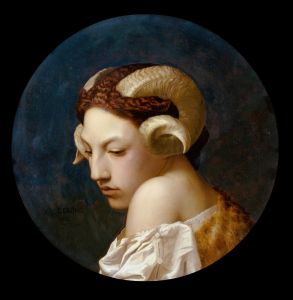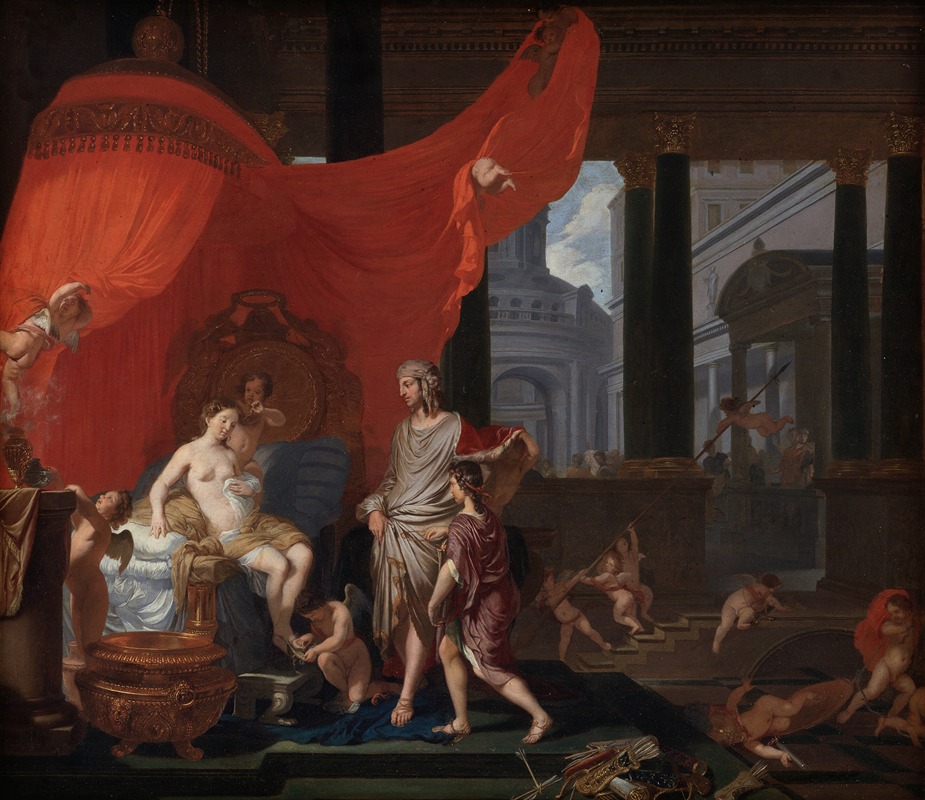
The Wedding Of Alexander And Roxana
A hand-painted replica of Gerard de Lairesse’s masterpiece The Wedding Of Alexander And Roxana, meticulously crafted by professional artists to capture the true essence of the original. Each piece is created with museum-quality canvas and rare mineral pigments, carefully painted by experienced artists with delicate brushstrokes and rich, layered colors to perfectly recreate the texture of the original artwork. Unlike machine-printed reproductions, this hand-painted version brings the painting to life, infused with the artist’s emotions and skill in every stroke. Whether for personal collection or home decoration, it instantly elevates the artistic atmosphere of any space.
"The Wedding of Alexander and Roxana" is a painting by the Dutch Golden Age artist Gerard de Lairesse. Created in 1675, this work is a prime example of de Lairesse's classical style, which was heavily influenced by the French Baroque and the works of Nicolas Poussin. The painting depicts the historical marriage of Alexander the Great and Roxana, a Bactrian princess, which took place in 327 BC.
Gerard de Lairesse was born in Liège in 1640 and later moved to Amsterdam, where he became a prominent painter, art theorist, and engraver. His works are known for their classical themes, meticulous composition, and refined execution. De Lairesse's style was characterized by its clarity, order, and adherence to classical ideals, which were in vogue among the Dutch elite during the late 17th century.
In "The Wedding of Alexander and Roxana," de Lairesse captures a moment of historical significance with great attention to detail and dramatic flair. The composition centers on the figures of Alexander and Roxana, who are depicted in the act of marriage. Alexander is shown placing a crown on Roxana's head, symbolizing her new status as his queen. The couple is surrounded by attendants and witnesses, who add to the grandeur and solemnity of the scene.
The painting is notable for its use of classical architecture and drapery, which lend an air of timelessness and grandeur to the composition. The figures are arranged in a harmonious and balanced manner, reflecting de Lairesse's mastery of classical principles of art. The use of light and shadow enhances the three-dimensionality of the figures and the depth of the space, creating a sense of realism and immediacy.
De Lairesse's depiction of the wedding is not just a historical narrative but also an allegory of unity and harmony. The marriage of Alexander and Roxana is presented as a union of East and West, symbolizing the merging of different cultures and the creation of a new, harmonious world order. This theme would have resonated with de Lairesse's contemporaries, who were living in a time of increasing globalization and cultural exchange.
"The Wedding of Alexander and Roxana" is housed in the Rijksmuseum in Amsterdam, where it remains an important example of Dutch Golden Age painting. The work reflects de Lairesse's skill as a painter and his ability to convey complex historical and allegorical themes through his art. It also serves as a testament to the enduring appeal of classical subjects and the influence of French Baroque aesthetics on Dutch art during the late 17th century.
Overall, "The Wedding of Alexander and Roxana" is a masterful work that exemplifies Gerard de Lairesse's contributions to the art of his time. Through its careful composition, classical references, and rich symbolism, the painting continues to captivate viewers and offer insights into the cultural and artistic milieu of the Dutch Golden Age.





